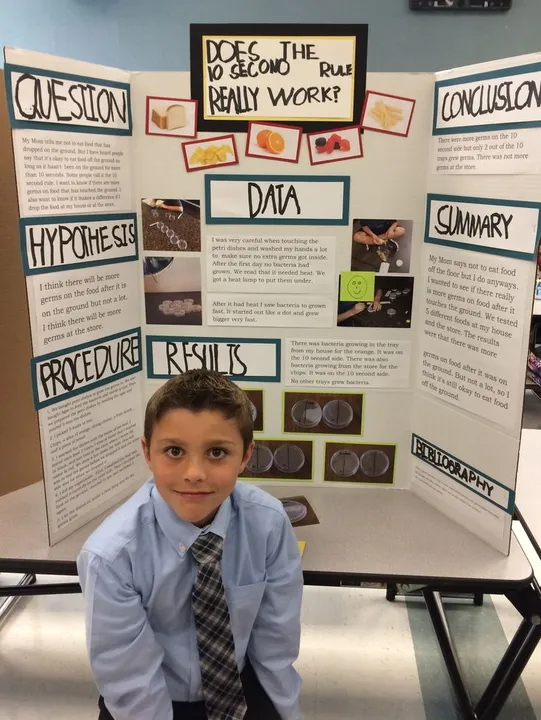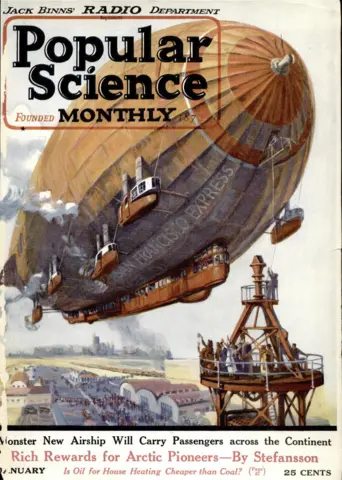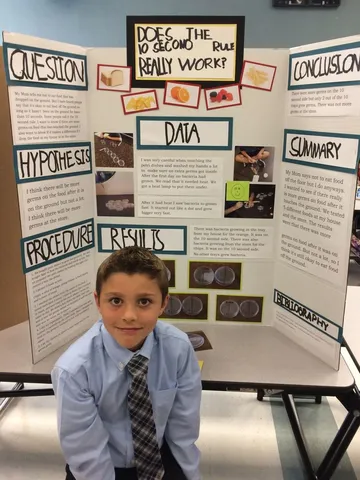
In your own idea, what might a science fair look like?
Exploring the Benefits of Participating in a Science Fair
It's no secret that science fairs are an incredible way to get students interested in science and its related disciplines. But did you know that there are also many benefits to participating in a science fair? From developing important skills to gaining recognition, there are countless reasons why a science fair can be a great opportunity for students.
One of the most important benefits of taking part in a science fair is that it allows students to develop invaluable skills such as problem-solving and research. By participating in a science fair, students can learn to identify problems, develop hypotheses, conduct experiments, and analyze results. This is a great way for students to gain real-world experience that can help them both in their academic studies and in their future careers.
Another benefit of taking part in a science fair is the recognition that comes with it. Participating in a science fair can open up a variety of opportunities for students. They can gain recognition from their peers and teachers, as well as from prestigious organizations and even potential employers. This recognition can open up doors to scholarships and internships, as well as other exciting opportunities.
Finally, a science fair can be a great way to meet and network with like-minded individuals. By attending a science fair, students can get to know and collaborate with other participants, as well as industry professionals. This can be a great way to make connections, share ideas, and learn from others.
In conclusion, participating in a science fair can be a great opportunity for students to develop important skills, gain recognition, and network with others. It can open up a world of possibilities and can be an invaluable experience for any student who is interested in pursuing a career in science or a related field.
How to Create an Engaging and Educational Science Fair Project
Are you looking for an exciting way to engage your students in science? A science fair project is a great way to do just that! Science fairs give students the opportunity to explore a scientific topic of their choice, conduct research, and present their findings. But how do you create an engaging and educational science fair project? Here are some tips to get you started.
Choose an Interesting Topic
The first step is to choose an interesting topic that will capture the attention of your students. Consider topics that are related to their current studies, that are relevant to their lives, or that are engaging and thought-provoking. This will ensure that they will be interested in the project and motivated to learn more.
Research the Topic
Once you have chosen a topic, it's time to start researching. Encourage your students to use reliable sources, such as books, websites, and journals, to learn more about their topic. This will help them gain a deeper understanding of the subject and will give them the information they need to create a successful project.
Develop a Hypothesis
Once your students have conducted their research, it's time to develop a hypothesis. This is a statement that predicts the outcome of the experiment or project. Encourage your students to think critically and develop a hypothesis that is supported by their research.
Design an Experiment or Project
Now it's time to design the experiment or project. Encourage your students to be creative and to think outside the box. Discuss the different types of experiments and projects they can create and help them create a plan that is both engaging and educational.
Present the Results
Once the experiment or project is complete, it's time to present the results. Guide your students in creating a presentation that is both informative and interesting. Encourage them to use visuals, such as graphs and charts, to help explain their findings. This is also a great opportunity to discuss the importance of their research and how it could be used in the future.
Creating an engaging and educational science fair project is a great way to get your students excited about science. With these tips, you can help your students create a project that is both fun and informative.
The Impact of Technology on Science Fair Projects
The use of technology in science fair projects can be both a blessing and a curse. On one hand, the availability of technology can make it easier for students to complete their projects with more accuracy and precision. On the other hand, the overreliance on technology can lead to projects that are not as creative or thought-provoking as they could be.
One way that technology can be used in a science fair project is to help students collect data more quickly and accurately. For example, a student could use a smartphone or tablet to record data on temperature, humidity, or water quality in a nearby stream. This data could then be used to draw conclusions about the health of the environment or the impact of a local industry.
Another way that technology can be used in a science fair project is to allow students to visualize their data in interesting ways. For example, a student could use graphing software to create a chart or graph to illustrate the results of their experiment. This could help make the data more understandable and persuasive to the judges.
However, it is important to remember that technology should not be used as a substitute for creative thinking. Technology should be used to supplement creative ideas, not replace them. If a student wants to create a project that stands out from the crowd, then they should think of creative ways to use technology, not rely on it to do all the work.
In conclusion, technology can be a great tool for science fair projects, but it should not be used as a crutch. If a student wants to create a truly unique science fair project, then they should think of creative ways to use technology, not rely on it to do all the work. With a little creativity and thought, science fair projects that incorporate technology can be truly amazing.










